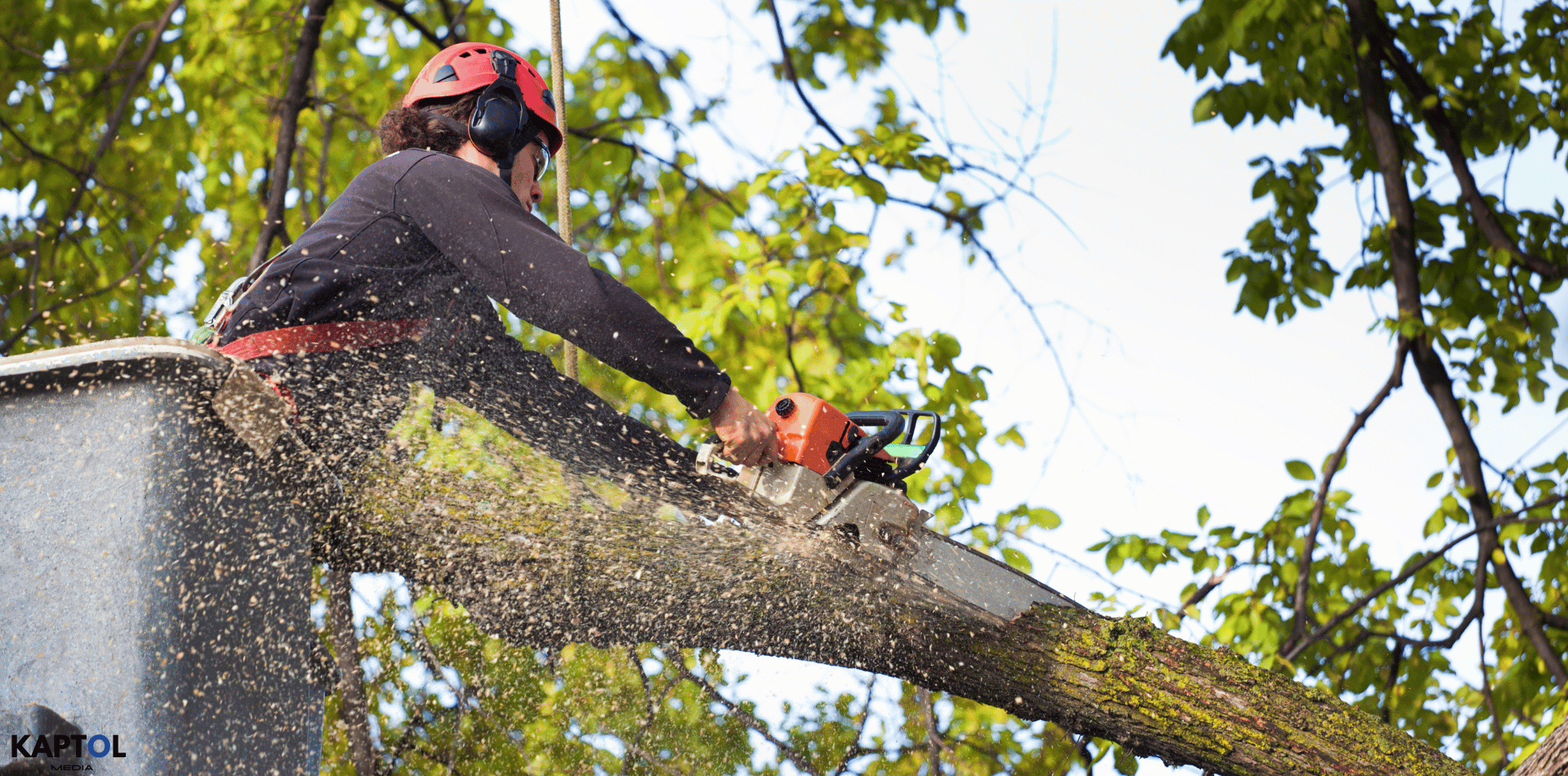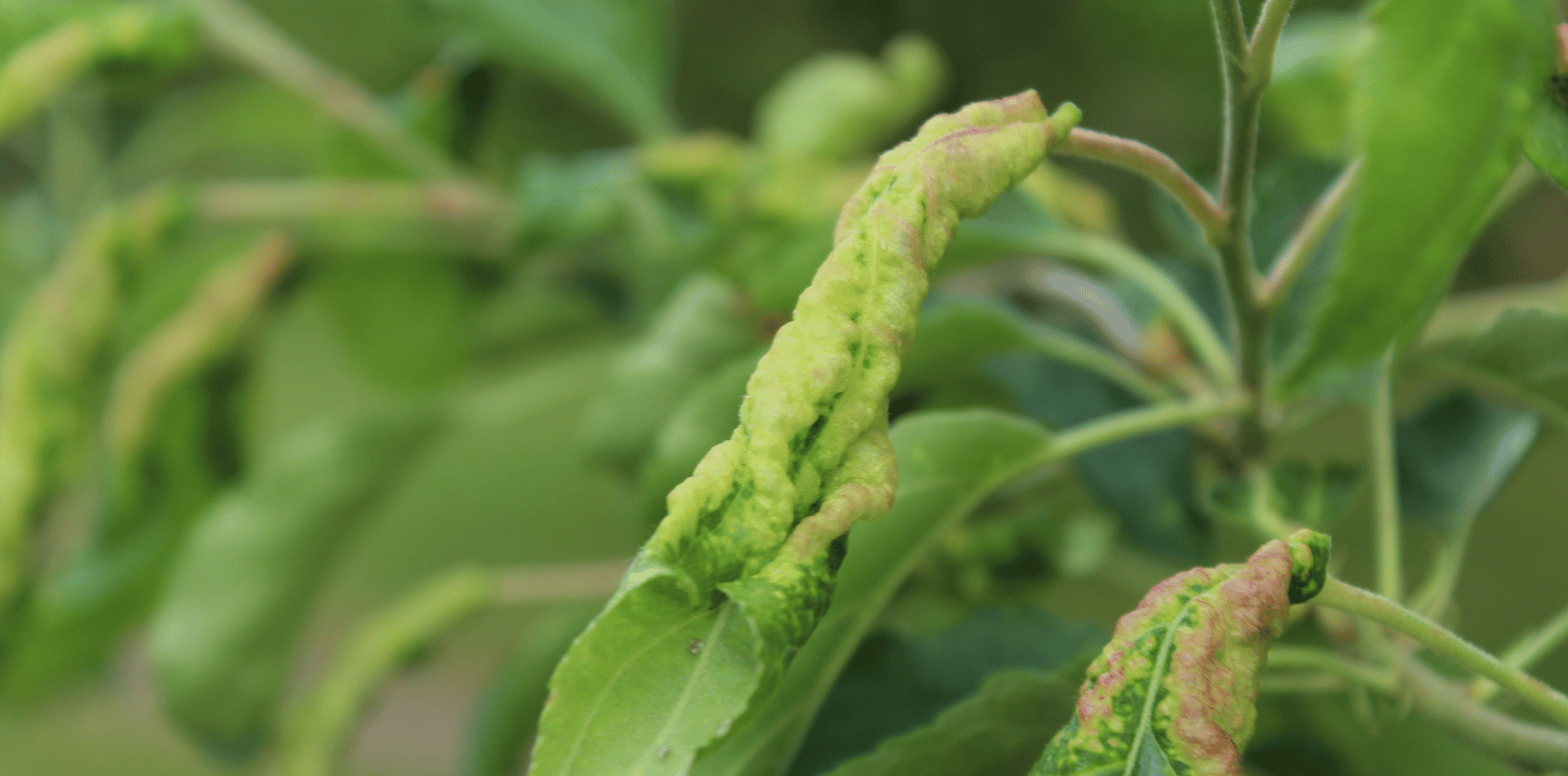The Top 5 Things to know about Tree Removal
Tree Removal - The top 5 things to know.
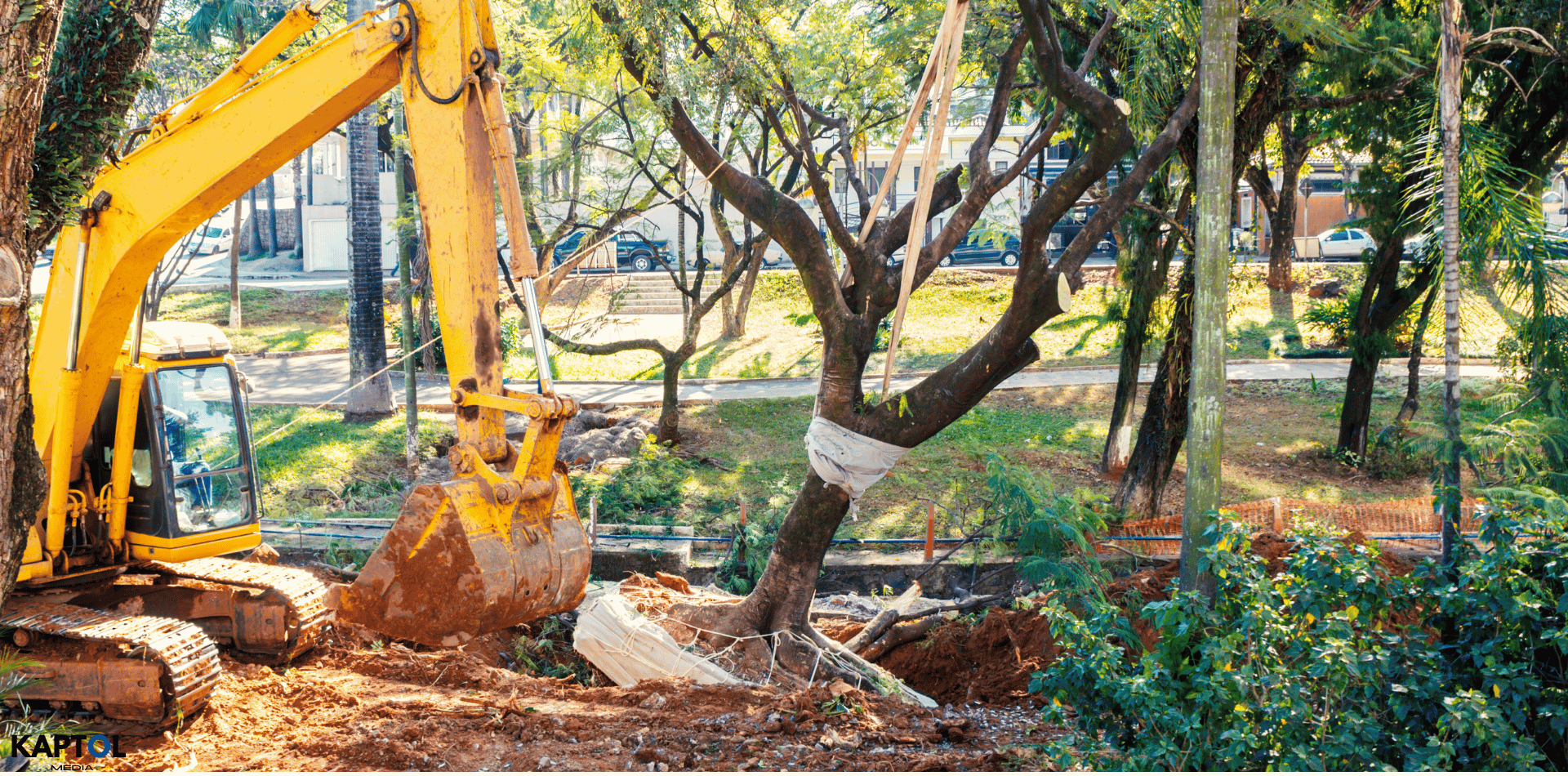
Tree removal can be a daunting task, whether you’re dealing with a dead tree threatening to fall or making space for a new construction project. before you get started, there are crucial factors to consider ensuring the process is safe, legal, and effective.
Here are the top five things you need to know about tree removal:
1.Assessing the Need for Tree Removal
Before making the significant decision to remove a tree, it's essential to carefully assess whether it truly needs to be removed. Sometimes, trimming or other treatments can save a tree, which can be more beneficial for the environment and your property.
Here are the key considerations and common reasons for tree removal, along with insights on when alternative solutions might be viable.
Common Reasons for Tree Removal
- The Tree is Dead or Dying
- Signs: A dead or dying tree is often characterised by a lack of leaves, dry and brittle branches, extensive fungal growth, or a hollow trunk.
- Impact: Such trees can become safety hazards as they are more likely to fall, potentially causing injury or property damage.
- Solution: If the tree is confirmed to be dead, removal is typically necessary. However, if only parts of the tree are dying, selective pruning or treatments may help revive it.
- Safety Risks Due to Location or Condition
- Signs: Trees leaning significantly, those with large cracks in the trunk, or those with extensive root damage can pose a risk to nearby structures, vehicles, and people.
- Impact: Trees in precarious positions can fall during storms or high winds, leading to accidents or property damage.
- Solution: If a tree poses an immediate threat, removal is often the best course of action. For less severe cases, cabling or bracing might stabilise the tree and mitigate risks.
- Damage to Structures, Footpaths, or Utilities
- Signs: Roots disrupting footpaths, foundations, or underground utilities, branches growing into power lines, or causing structural damage to buildings.
- Impact: Such damage can be costly to repair and may create ongoing hazards.
- Solution: In some cases, root barriers or strategic pruning can address the issue. However, if the damage is extensive or recurring, removal might be the only viable option.
- Invasive Species or Harm to Other Plants
- Signs: The presence of non-native tree species that spread rapidly and outcompete native vegetation, or trees that are hosts to pests or diseases.
- Impact: Invasive trees can disrupt local ecosystems, reduce biodiversity, and harm desirable plants.
- Solution: Removal of invasive species is often necessary to protect native ecosystems. Replacement with native or non-invasive species can help restore balance.
Consulting with an Arborist
When in doubt, consulting with a certified arborist is highly recommended. Arborists are trained professionals who can provide a thorough evaluation of your tree's health and offer expert advice on the best course of action.
Here’s how an arborist can help:
- Professional Evaluation: Arborists can diagnose diseases, assess structural integrity, and evaluate the overall health of the tree.
- Alternative Solutions: They can suggest treatments such as fertilisation, pest control, or soil aeration that might save a tree. Pruning and other maintenance techniques can also improve a tree’s health and safety.
- Risk Assessment: Arborists can identify potential hazards and recommend mitigation strategies, such as cabling, bracing, or selective pruning.
- Legal Guidance: They are familiar with local regulations and can help you navigate the permitting process if removal is necessary.
Assessing the need for tree removal is a critical first step in managing your landscape. By understanding the signs that indicate removal, considering alternative solutions, and seeking professional advice, you can make informed decisions that balance safety, aesthetics, and environmental health. Trees are valuable assets to any property, and preserving them whenever possible benefits everyone.

2.Understanding Local Regulations and Permits
Tree removal is often regulated by local laws to protect community greenery and ensure public safety. Before proceeding with tree removal, it’s essential to understand the specific regulations and permit requirements in your area. Failure to comply with these regulations can lead to penalties, including fines and mandated replanting.
Here are the key steps to ensure compliance with local regulations and obtain the necessary permits:
1. Research Local Regulations
The first step in understanding tree removal regulations is to research the specific rules that apply to your locality. These regulations can vary significantly from one place to another and may depend on factors such as the tree’s size, species, and location.
Here’s how to get started:
- Contact Local Authorities: Contact your city or county government office, typically the planning or forestry department, to inquire about tree removal policies. Many councils have detailed information available on their websites.
- Homeowners’ Associations (HOAs): If you live in a community where a HOA exists, check their guidelines as they may have additional rules and approval processes for tree removal.
- Protected Species: Some areas have specific regulations protecting certain tree species or trees of a certain age and size. Removing these trees without a permit can result in significant fines.
2. Obtain Necessary Permits
Once you understand the local regulations, the next step is to obtain the necessary permits for tree removal. The process typically involves the following steps:
- Application Submission: Fill out a tree removal permit application. This form usually requires details about the tree, including its species, size, and reason for removal.
- Inspection: In many cases, a council official or arborist will conduct an on-site inspection to verify the condition of the tree and the necessity for its removal.
- Approval: If the inspection confirms that the tree needs to be removed and you meet all regulatory requirements, you will receive a permit. This document should be kept on hand during the removal process as proof of compliance.
3. Understand Penalties for Non-Compliance
Failing to comply with local tree removal regulations can result in various penalties. Understanding these consequences underscores the importance of following the correct procedures:
- Fines: Monetary fines can range from a few hundred to several thousand dollars, depending on the severity of the violation and the value of the tree.
- Mandated Replanting: In some cases, violators may be required to plant new trees to replace the one that was removed. This can include planting multiple trees or contributing to a community tree fund.
- Legal Action: Persistent or severe violations can lead to legal action, including potential lawsuits or criminal charges, particularly if protected species are involved.
- Community Impact: Non-compliance can damage your reputation within the community and with local authorities, potentially affecting future property-related requests or approvals.
Additional Considerations
- Environmental Impact: Beyond legal compliance, consider the environmental impact of tree removal. Trees provide critical ecological benefits, including air purification, carbon sequestration, and habitat for wildlife. Weighing these factors can guide responsible decision-making.
- Professional Assistance: Hiring a certified arborist or a professional tree removal service can streamline the permit process. These professionals are often familiar with local regulations and can help ensure that all necessary steps are taken to comply with the law.
Understanding and adhering to local regulations and permit requirements is crucial when considering tree removal. By researching local rules, obtaining the necessary permits, and being aware of potential penalties, you can ensure that your tree removal project is legal, safe, and environmentally responsible. Taking these steps not only protects you from legal issues but also helps preserve the community's greenery and overall well-being.
3.Safety First: Hiring a Professional for Tree Removal
Tree removal is a complex and potentially dangerous task that requires specialised skills, equipment, and safety protocols. Attempting to remove a tree without the necessary expertise can lead to serious injuries, property damage, and legal liabilities.
Here’s why hiring a professional tree removal service is essential and what to look for when choosing the right company.
Why Hire a Professional Tree Removal Service?
Proper Tools and Safety Gear
Professional tree removal services come equipped with the necessary tools and safety gear to handle the job efficiently and safely:
- Specialised Equipment: Professionals use chainsaws, cranes, wood chippers, and stump grinders, which are often beyond the scope of DIY projects.
- Safety Gear: Proper safety gear includes helmets, eye protection, climbing harnesses, and protective clothing to prevent injuries.
- Efficient Techniques: They employ techniques like sectional dismantling, where the tree is taken down in manageable pieces, reducing the risk of damage to surrounding areas.
Experience with Dangerous Situations
Tree removal professionals are trained to manage risky situations, such as:
- Power Lines: Working near electrical lines is hazardous and requires specific skills to avoid electrocution or power outages.
- Confined Spaces: Removing trees in tight spaces, near buildings, or in suburban settings requires precision to avoid property damage.
- Structural Integrity: Understanding the tree’s structure and condition allows professionals to predict and control its fall, minimising risks.
Insurance and Liability Protection
One of the significant benefits of hiring a professional service is the insurance coverage that comes with it:
- Liability Insurance: This protects you from financial responsibility if the removal process damages your property or a neighbour’s property.
- Worker’s Compensation: Covers any injuries sustained by workers on your property, shielding you from potential legal and medical expenses.
- Peace of Mind: Knowing that the company is insured provides peace of mind, allowing you to focus on the outcome rather than potential risks.
Choosing the Right Professional Tree Removal Service
Check Credentials
Ensure the company you hire is reputable and qualified:
- Certification: Look for certifications from recognized bodies, such as the International Society of Arboriculture (ISA) or the Tree Care Industry Association (TCIA).
- Licenses: Verify that the company holds the necessary state or local licenses to perform tree removal services.
- Training: Ensure that the workers are trained and experienced in safe tree removal practices.
Ask for References
Gather information about the company’s track record:
- Customer Reviews: Check online reviews on platforms like Google, Yelp, or the Better Business Bureau to gauge customer satisfaction.
- References: Ask the company to provide references from previous clients. Contact these clients to inquire about their experience and the quality of the service provided.
- Portfolio: Review the company’s portfolio of past projects to ensure they have experience with trees similar in size and condition to yours.
Get Multiple Quotes
Before making a final decision, obtain quotes from several tree removal services:
- Detailed Estimates: Request detailed estimates that outline the scope of work, equipment to be used, and a timeline for completion.
- Comparative Pricing: Compare the quotes not only for price but also for the services included. The cheapest option is not always the best if it compromises on safety or quality.
- In-Person Assessments: Prefer companies that offer to inspect the site in person before giving a quote. This ensures that they understand the specifics of the job and can provide an accurate estimate.
Hiring a professional tree removal service is crucial for ensuring safety, efficiency, and peace of mind. Professionals bring the necessary tools, expertise, and insurance coverage to handle even the most challenging tree removal tasks. By checking credentials, asking for references, and getting multiple quotes, you can find a reliable service that meets your needs and protects your property. Investing in professional help is not only a safer choice but also a smarter one for preserving the integrity of your landscape and avoiding potential liabilities.
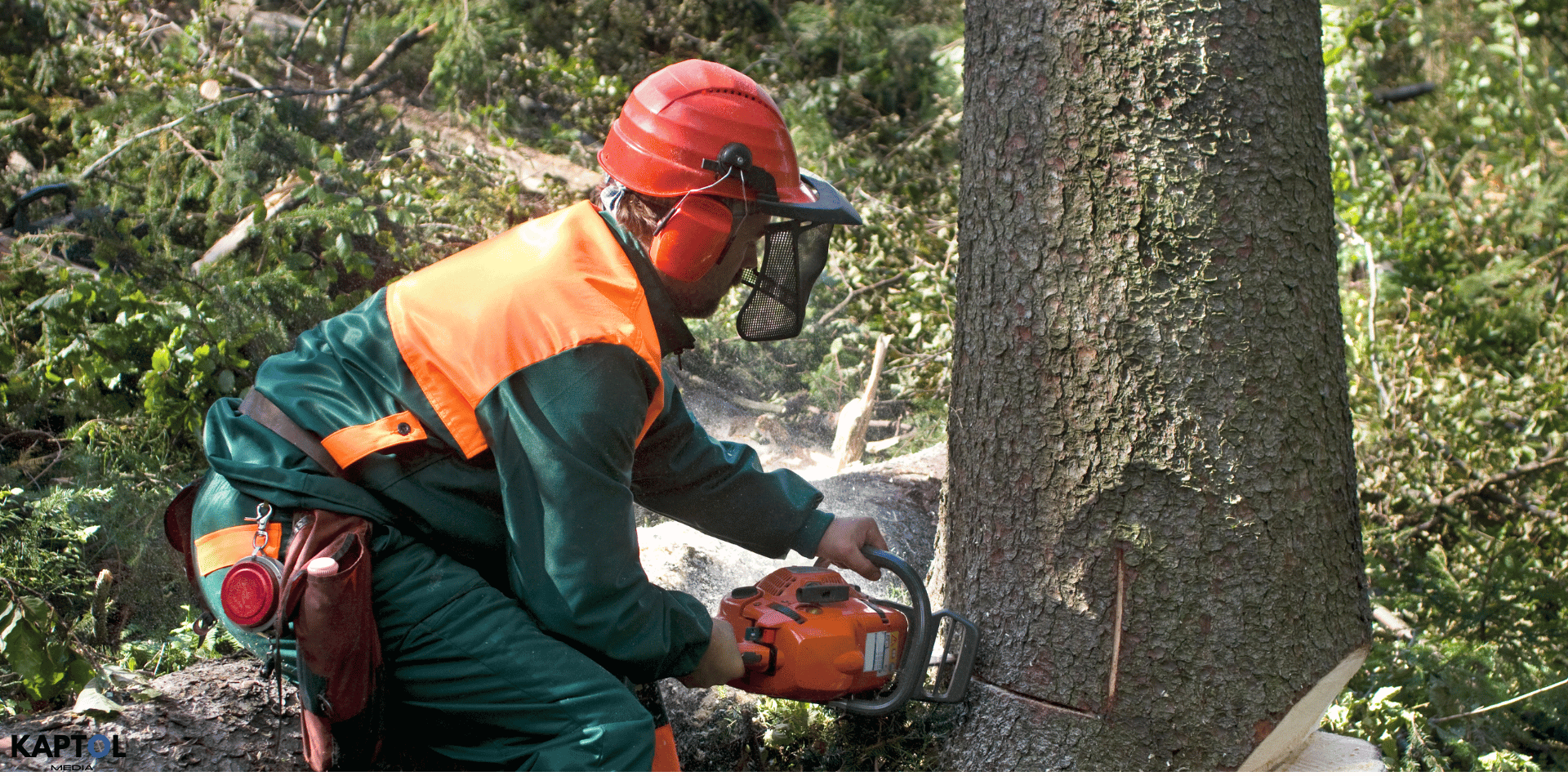
4.Understanding the Cost Factors of Tree Removal
The cost of tree removal can vary widely depending on multiple factors.
By understanding these factors, you can better estimate the expenses involved and make informed decisions when hiring a professional service.
Here’s a detailed look at the key elements that influence the cost of tree removal:
1. Size and Type of Tree
The size and type of tree are primary factors that affect removal costs:
- Height and Diameter: Larger trees are more challenging and time-consuming to remove. They require more labour, larger equipment, and may pose greater safety risks. Trees over 20 metres can be significantly more expensive to remove than smaller trees.
- Species: Certain tree species are more challenging to remove due to their wood density, branching patterns, or root systems. For example, hardwood trees like oak are tougher and take more effort to cut down than softer woods like pine.
- Root System: Trees with extensive or invasive root systems can complicate removal, especially if the roots are intertwined with underground utilities or foundations.
2. Location
The tree’s location on your property greatly influences the complexity and cost of removal:
- Proximity to Structures: Trees close to buildings, fences, or power lines require more precise and careful removal to avoid damage, which can increase labour and equipment costs.
- Access: If the tree is in a hard-to-reach area, such as a backyard with narrow access or a location with steep terrain, it may necessitate the use of specialised equipment like cranes or additional labour.
- Urban vs. Rural: Urban areas may have higher costs due to more stringent regulations, higher labour costs, and the complexity of working in densely populated areas.
3. Condition of the Tree
The tree’s health and condition also impact removal costs:
- Diseased or Infested Trees: Trees suffering from disease or pest infestations might need additional safety measures during removal to prevent the spread of pests or disease.
- Dead or Dying Trees: These trees can be more unpredictable and hazardous to remove. The brittleness of the wood can increase the risk of uncontrolled falls or breakage during the removal process.
- Stability: Trees that are leaning or have compromised structural integrity require careful planning and may need to be removed in sections to ensure safety.
4. Debris Removal and Additional Services
Consider the scope of services included in the removal process, as these can significantly affect the overall cost:
- Stump Grinding: Removing the stump is often an additional service. Stump grinding can prevent future growth and eliminate a tripping hazard but will add to the total cost.
- Debris Cleanup: Decide if you want the service to include the cleanup of branches, leaves, and other debris. Some companies may charge extra for hauling away the debris, while others include it in their quote.
- Log Splitting or Mulching: Some homeowners may choose to keep the wood for firewood or mulch. Services like log splitting or chipping can also incur additional costs.
5. Additional Factors
Several other factors can influence the cost of tree removal:
- Emergency Services: If you need immediate removal due to storm damage or imminent risk, expect to pay a premium for emergency services.
- Permits and Regulations: Depending on your locality, you might need permits for tree removal, which can add to the cost. Some areas have stringent regulations that can make the process more expensive.
- Season and Weather: The time of year can affect pricing. For instance, removal might be cheaper during the off-peak season when demand for tree services is lower. Adverse weather conditions can also increase costs due to the added complexity and safety concerns.
Getting Detailed Quotes
To avoid unexpected expenses, it’s essential to get detailed quotes from multiple tree removal services:
- Itemised Estimates: Request itemised estimates that break down the costs for different aspects of the job, such as labour, equipment, stump grinding, and debris removal.
- Scope of Work: Ensure you understand what services are included in the quote. Clarify whether the company will handle permits, cleanup, and any other additional services you might need.
- Comparative Analysis: Compare quotes not just on price but on the scope of services, reputation, and reviews of the companies. The cheapest option might not always be the best if it compromises on quality or safety.
Understanding the cost factors involved in tree removal helps you make informed decisions and budget appropriately for the project. By considering the size and type of tree, location, condition, and scope of services, you can obtain accurate quotes and choose a professional service that offers the best value for your needs. Proper planning and clear communication with the tree removal service will ensure a smooth and cost-effective removal process.
Post-Removal Considerations
Once a tree has been removed, several important post-removal tasks and considerations come into play. These steps are essential to ensure the safety, aesthetics, and functionality of your landscape.
Here’s a detailed look at what you need to consider and do after tree removal:
1. Stump Removal
After a tree is removed, the remaining stump can be an eyesore and a potential hazard.
There are several methods to address stump removal:
- Stump Grinding: This is one of the most common methods, involving the use of a stump grinder to mechanically grind the stump down to below ground level. This method is efficient and leaves the area ready for replanting or landscaping.
- Chemical Treatments: Chemical stump removal involves applying a chemical solution to the stump to accelerate its decay. This process is slower than grinding and requires careful handling of the chemicals.
- Manual Removal: For smaller stumps, manual removal can be an option. This involves digging around the stump and cutting the roots to extract it. This method is labour-intensive and may not be practical for larger stumps.
- Burning: In some areas, controlled burning of the stump may be allowed. This method involves drilling holes in the stump, filling them with a flammable substance, and igniting it. This process requires adherence to local fire regulations and safety precautions.
Consider the following when deciding on stump removal:
- Time and Effort: Grinding and chemical treatments are less labor-intensive compared to manual removal.
- Environmental Impact: Chemical treatments should be used cautiously to avoid soil contamination.
- Cost: Stump grinding typically costs extra but is the quickest and most efficient method.
2. Replanting
Replanting a new tree can restore the aesthetic and ecological value lost with the removal of the old tree. Consider the following steps when planning to replant:
- Choosing the Right Species: Select a tree species that is well-suited to your climate, soil type, and available space. Native species are often the best choice as they are adapted to local conditions and support local wildlife.
- Site Preparation: Ensure the site is well-prepared by removing any remaining roots and amending the soil as needed. Proper site preparation helps the new tree establish more effectively.
- Planting Techniques: Follow proper planting techniques, including correct depth and spacing, to ensure the health and longevity of the new tree.
- Watering and Maintenance: Newly planted trees require regular watering and care, especially during their initial establishment period. Mulching around the base can help retain moisture and suppress weeds.
Replanting not only replaces the removed tree but also contributes to the overall health of your landscape by providing shade, improving air quality, and enhancing biodiversity.
3. Landscaping
The removal of a tree often leaves a significant empty space in your yard, which can be transformed through thoughtful landscaping.
Consider the following options:
- New Plantings: Replace the removed tree with other plants, such as shrubs, flowers, or ground cover. This can enhance the visual appeal and create a diverse and vibrant garden.
- Hardscaping: Consider adding hardscaping elements such as pathways, patios, or garden beds. These features can add structure and functionality to your outdoor space.
- Lawn Repair: If the tree removal has damaged the surrounding lawn, take steps to repair and reseed the area. Aerating and adding topsoil can help rejuvenate the grass.
- Creating a Focal Point: Use the cleared space to create a new focal point in your garden, such as a water feature, sculpture, or seating area. This can turn the former tree site into an attractive and functional part of your landscape.
- Soil Health: Ensure the soil is healthy and fertile, particularly if heavy machinery was used during the removal process. Adding compost or other organic matter can improve soil structure and nutrient content.
Post-removal considerations are crucial for maintaining the beauty and functionality of your landscape. Stump removal, replanting, and thoughtful landscaping can transform the space left by a removed tree, enhancing your property’s value and ecological health. By addressing these aspects, you ensure that your outdoor space remains safe, attractive, and environmentally beneficial. Proper planning and execution of these tasks can turn a potentially disruptive event into an opportunity for positive change and growth in your garden.
Tree removal is a significant undertaking that requires careful planning and consideration.
By understanding the need, following local regulations, prioritising safety, being aware of costs, and planning for the aftermath, you can ensure a smooth and effective tree removal process.
When in doubt, always consult with professionals to protect your property and the environment.


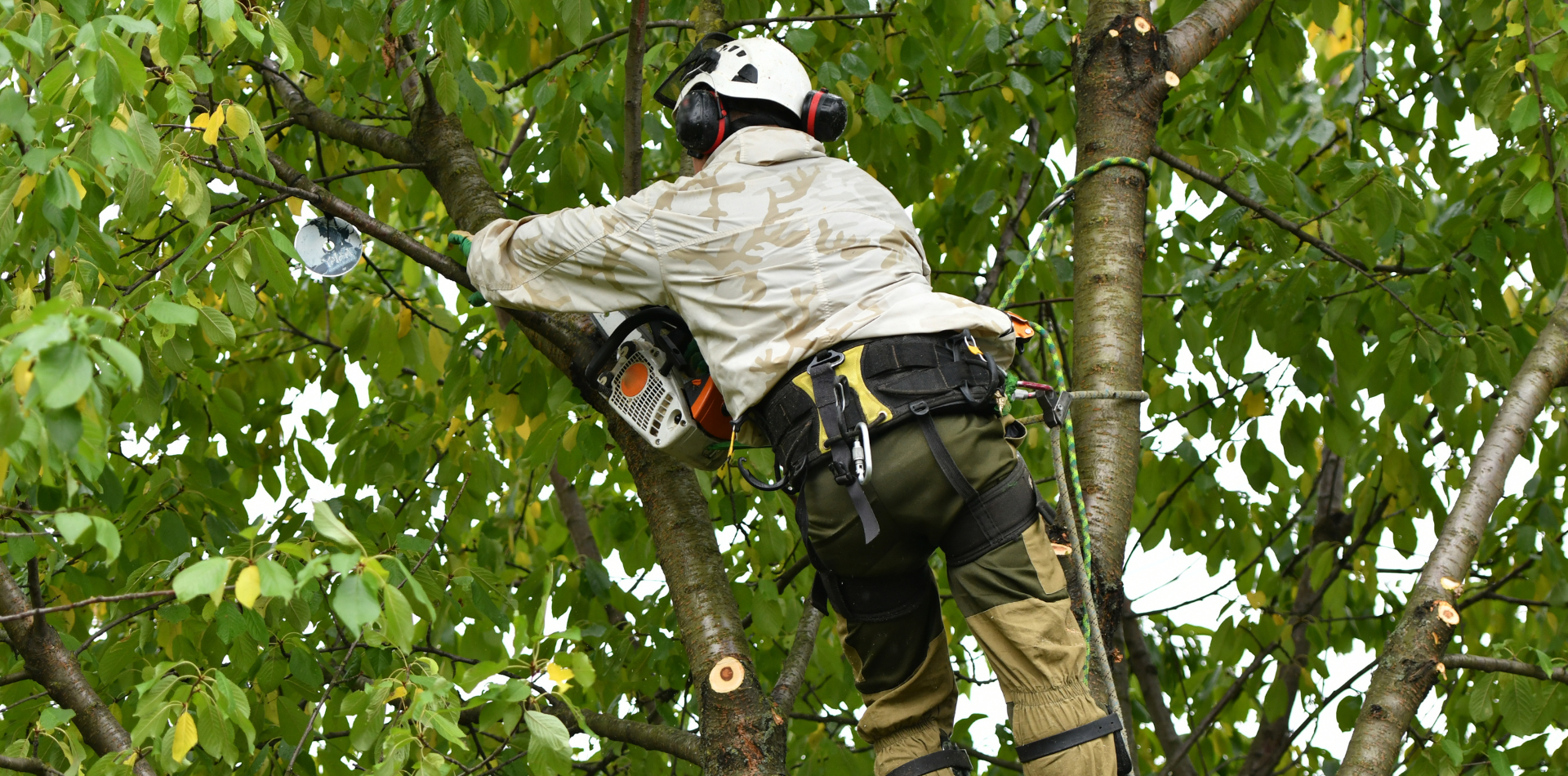

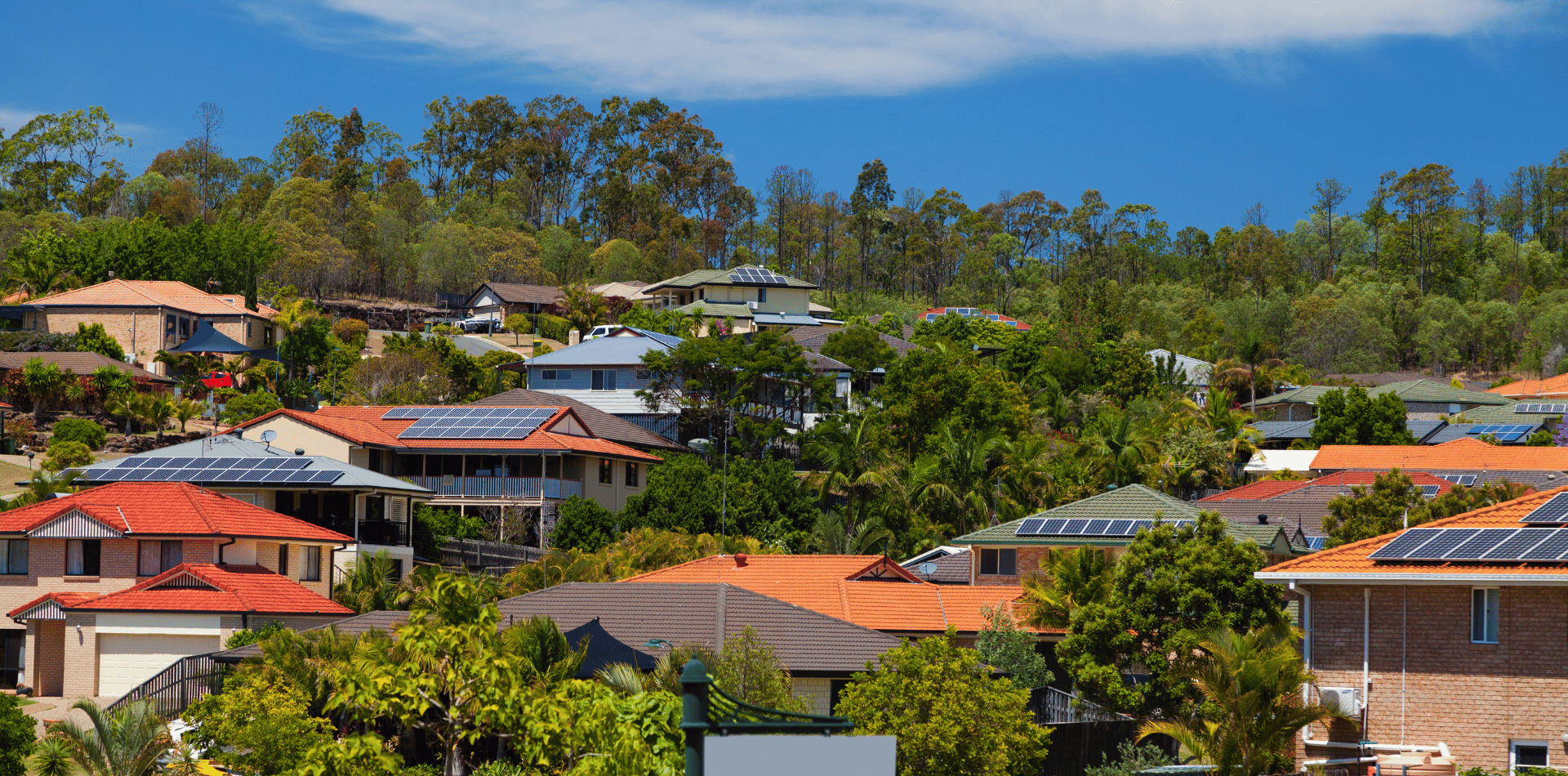
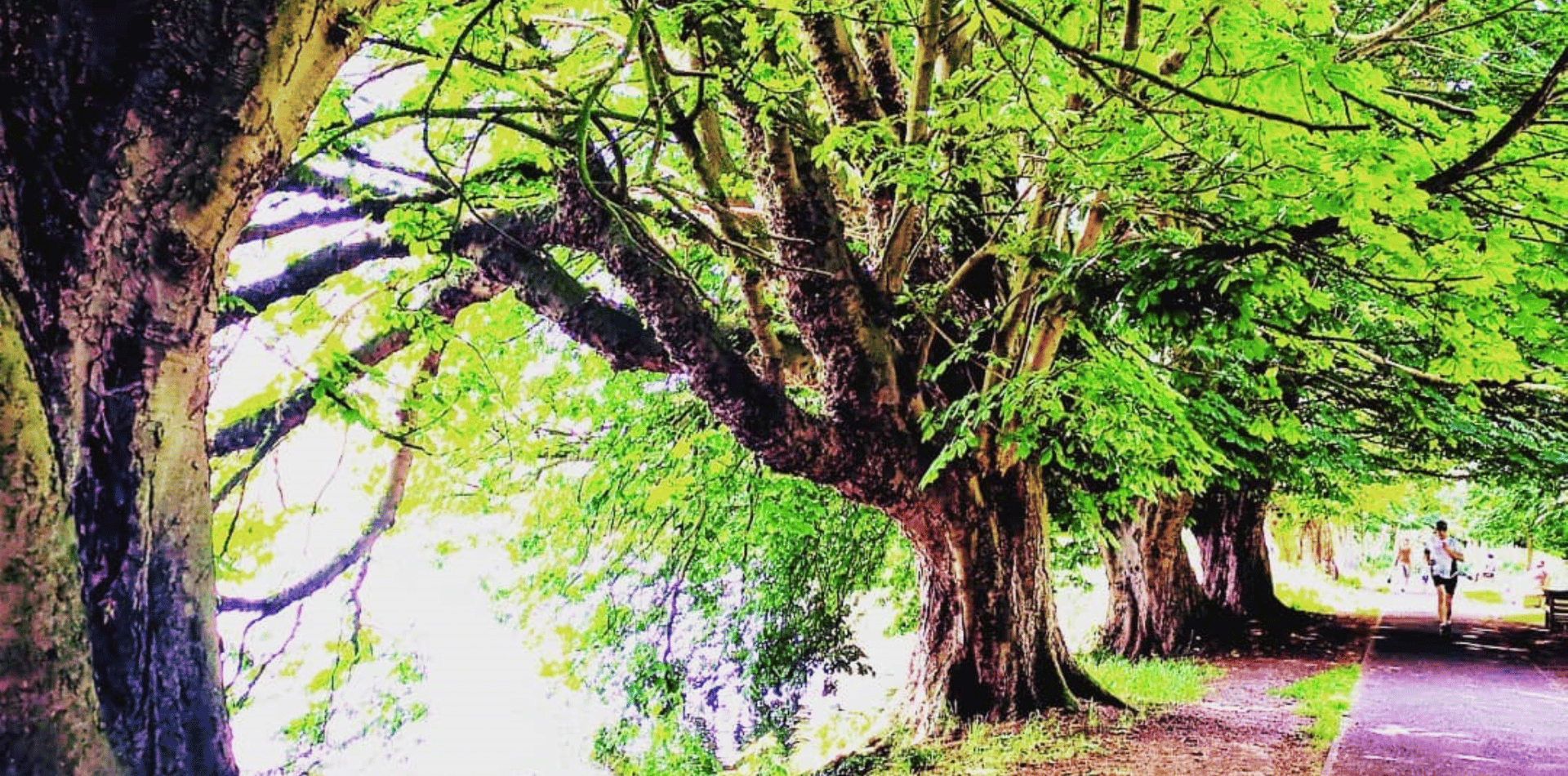
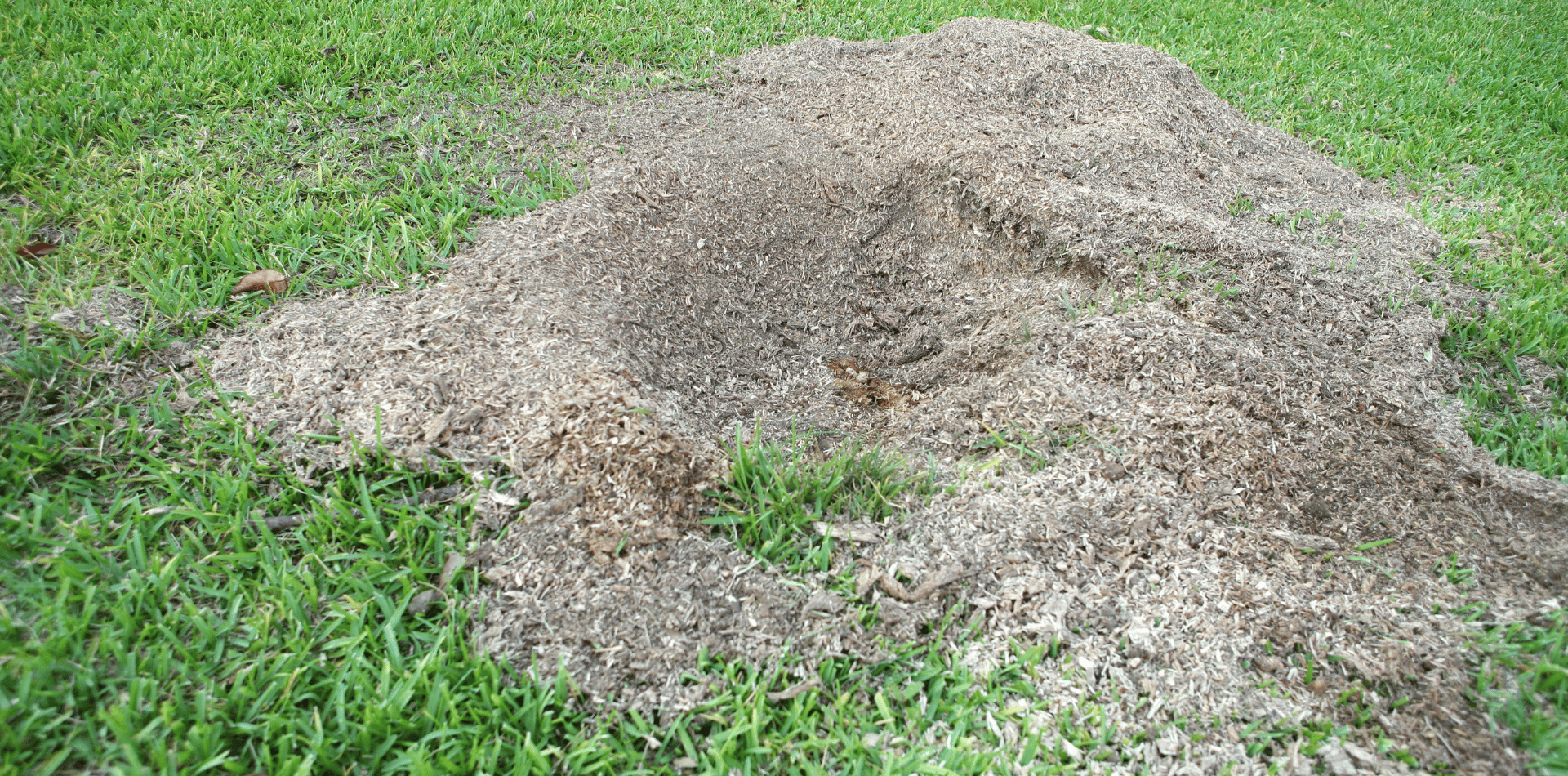

Contact
Kaptol Tree Removal Newcastle
A Member of the Kaptol Group
Powered by Kaptol Media

